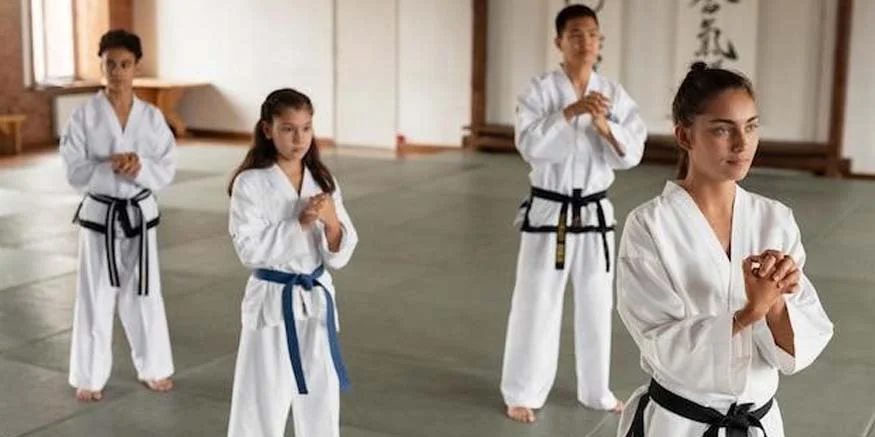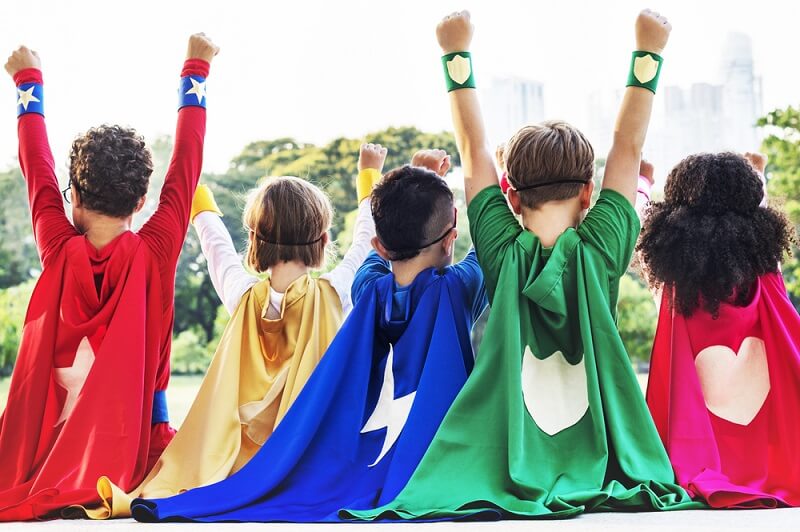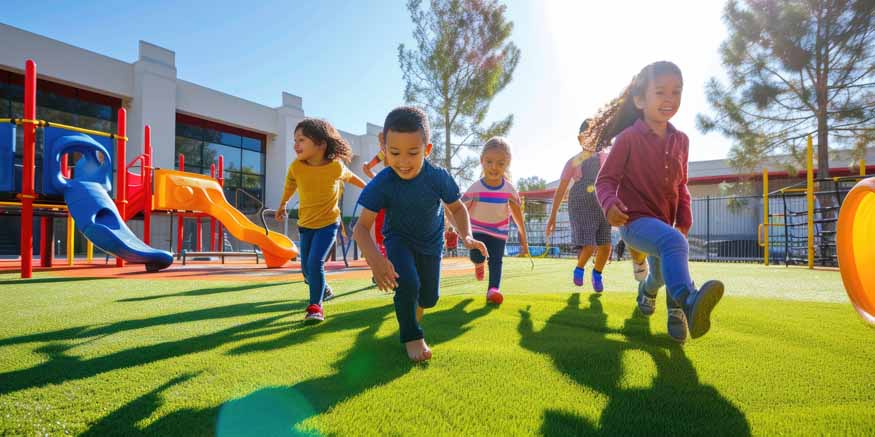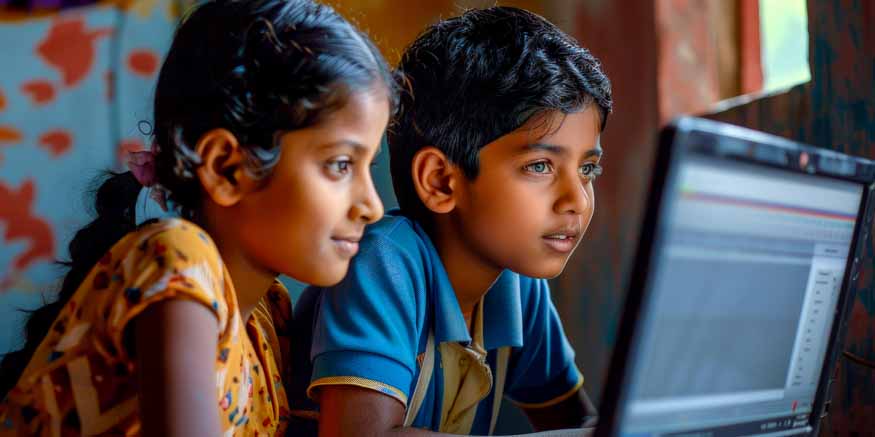Karate, an ancient martial art, has evolved over time, giving rise to a wide range of styles and methodologies. Before embarking on this exciting journey, it’s essential to become familiar with the different types of karate and the fascinating history behind this martial art. This comprehensive guide delves into the history of karate, explores its various forms, and provides insightful guidance on choosing the right style based on your goals and interests.
History of Karate
To understand the variety of karate styles today, it’s crucial to examine its history. Karate originated in Okinawa in the 14th century as a form of self-defence developed by the locals in response to laws restricting weapon possession. It evolved over time, blending with Chinese martial arts. As trade expanded, karate spread to the Japanese mainland, leading to the development of various styles. The term “karate,” which means “empty hand” (from “kara” meaning empty and “te” meaning hand), embodies the essence of the art: practising self-discipline and unarmed combat.
Also read: Self-Defence For Kids: Meaning, Benefits and Techniques
Types of Karate
The evolution of karate has resulted in the emergence of numerous styles, each with unique traits and focal points. Let’s explore the landscape of these exceptional forms:
Shotokan Karate
Among the several types of karate, Shotokan, created by Gichin Funakoshi, stands as a titan with global influence. Shotokan is well known for its powerful techniques and linear movements, as well as its strong stances. Shotokan’s profound, timeless positions and unique forms pay homage to the traditions of Okinawan martial arts.
Wado-Ryu Karate
Wado-Ryu is a unique style in the martial arts world, standing out as an impressive combination of classical Karate and Jujutsu. Within the karate community, Wado-Ryu is noted for its distinct forms, lightning-fast reflexes, and smooth punch stopping and dodging techniques.
Goju-Ryu Karate
A fusion of circular and soft-hard methods, Goju-Ryu was created by Chojun Miyagi. This style offers a comprehensive approach to self-defence by harmonising close-quarters and long-range combat strategies. Breathing techniques are essential to Goju-Ryu, helping practitioners become stronger and more powerful.
Kyokushin Karate
Founded by Masutatsu Oyama, Kyokushin is renowned for its emphasis on physical readiness and full-contact fighting. The strong kicks and punches used by Kyokushin practitioners reflect the style’s commitment to practical application and real-world combat scenarios.
Various Karate Styles
Beyond the well-known styles, many other styles have emerged within the broad field of karate, each adding its unique flavour to the art. Here are a few noteworthy examples:
Shito-Ryu Karate
A blend of Shotokan and Goju-Ryu, Shito-Ryu was developed by Kenwa Mabuni. Shito-Ryu emphasises the detailed study of kata (the choreographed forms that contain the essence of karate techniques) and a harmonious fusion of hard and soft techniques.
Uechi-Ryu Karate
Crafted by Kanbun Uechi, this style radiates simplicity and toughness. Circular blocks and hand strikes define Uechi-Ryu, with training often incorporating conditioning exercises to fortify physical strength.
Shorin-Ryu Karate
The brainchild of Choshin Chibana, Shorin-Ryu stands out for its quick and compact movements. This style marries traditional Okinawan karate with elements from Chinese martial arts, resulting in a distinctive and agile approach.
Shukokai Karate
Developed by Chojuro Tani, Shukokai is characterised by its focus on close-quarters fighting and quick, powerful attacks. Combining aspects of Goju-Ryu and Shotokan, Shukokai provides an in-depth method of self-defence.
Choosing the Right Karate Style
When navigating the various karate styles, the task of selecting the ideal one may seem daunting but is profoundly rewarding. Several crucial factors should be considered:
Personal Objectives
Clearly state why you want to practise karate. Different techniques suit different goals, whether your focus is on self-defence, physical fitness, or competitive activities.
Training Approach
Learn each style’s methods of training and beliefs. While some styles focus on sparring and traditional forms and kata, others highlight practical applications. It’s important to match your preferences with the style’s approach.
Also read: 20 facts about Asia that children would love
Qualifications of the Instructor
Carefully consider the teaching experience and methods of potential instructors. An experienced and skilled teacher can make a significant difference in your learning process and offer invaluable guidance as you progress through the martial arts.
Class Atmosphere
Take in the mood of a training session or class to get a sense of the overall environment. Choose a martial arts academy whose teaching philosophy, spirit of discipline, and camaraderie align with your own.
Benefits of Learning Karate
Let’s examine the exciting benefits of exploring the world of karate and uncover the wide range of advantages that learners seek.
Multidisciplinary Fitness
Karate improves flexibility, strength, cardiovascular health, and coordination. Frequent practice helps manage weight and enhances overall physical well-being.
Practical Self-Defence
Karate teaches real self-defence skills, helping individuals feel secure and confident. Increased awareness and reflexes from practising karate benefit real-world scenarios.
Discipline and Mental Focus
Karate instruction, with its tough norms of behaviour, develops self-control and mutual respect for students and teachers. Techniques that require endless practice boost concentration and mental focus.
Stress Resilience
Karate provides a constructive way to release energy and reduce stress. Intentional motions and mindful breathing facilitate relaxation and stress reduction.
Body Awareness and Balance
The various positions and techniques used in karate improve posture, balance, and overall body coordination. Increased control and awareness of one’s body are encouraged by the practice.
Confidence Boost
Developing new skills and moving up the ranks in karate boosts confidence and self-worth. Overcoming difficulties during training produces a profound sense of accomplishment.
Social Interaction
Karate classes offer a welcoming environment where individuals can come together to share experiences and ambitions. Social interaction within the martial arts community fosters a sense of solidarity and long-lasting connections.
Also read: 7 Best Yoga Studios For Kids In Bangalore
Sharper Instincts and Coordination Mastery
Karate exercises and techniques improve hand-eye coordination and natural instincts. These skills are not limited to the dojo; they are useful for many other daily tasks as well.
Goal Setting and Achievement
Karate uses a structured rank system that enables students to set and meet progress targets. Gaining belts gives a sense of accomplishment that motivates continuous practice devotion.
Lifetime Skill
No matter your age, learning the best karate style can help maintain a consistent commitment to physical activity throughout your life. It provides a solid foundation for preserving general health and well-being over a lifetime.
Conclusion
Choosing between different styles of karate, including the fluid Shotokan, the severe Kyokushin, and the agile Wado-Ryu, involves considering your objectives, experience, instructor qualifications, and class environment. Embrace the spirit of karate, where essence appears in every motion and resonates in the timeless courtyard paintings.
EuroSchool aims to provide a comprehensive education. Visit EuroSchool.com to learn more.









